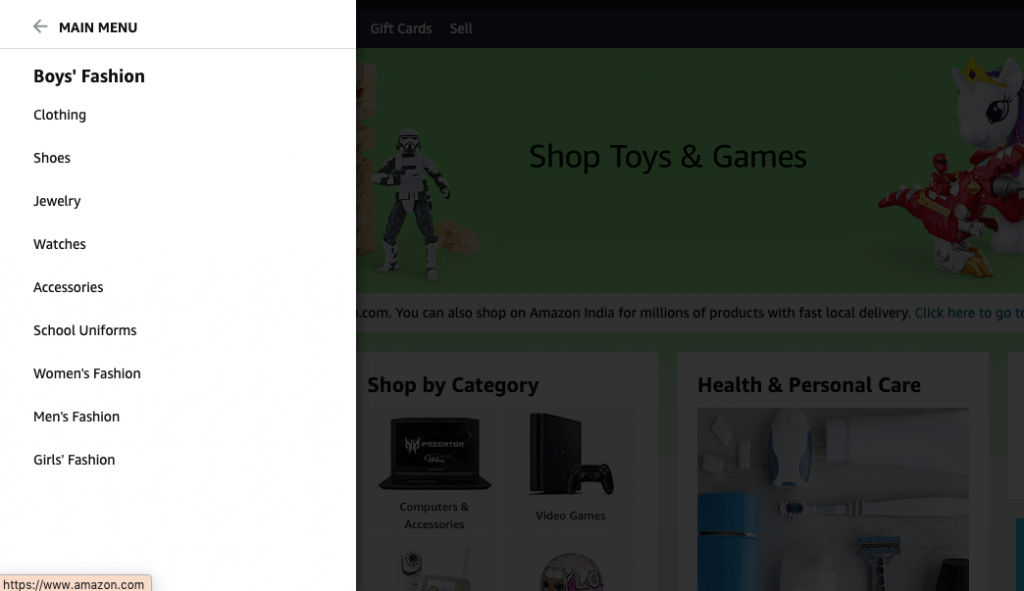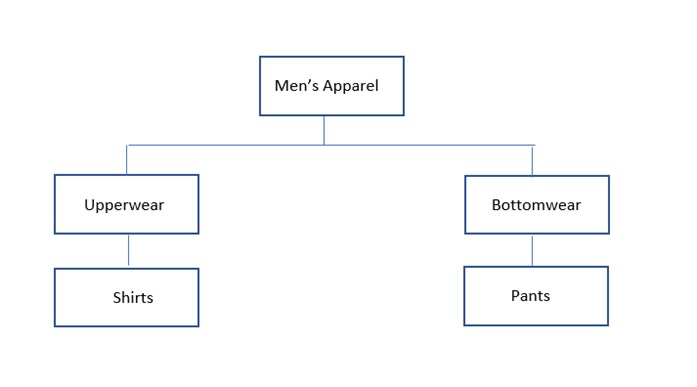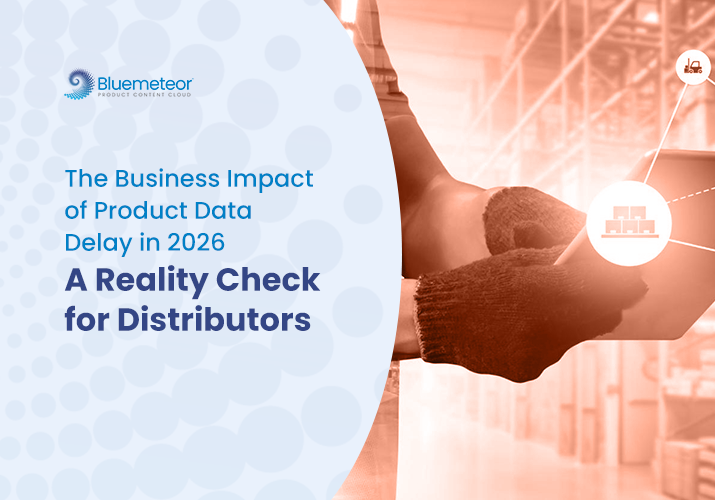Driving Product Findability Part 1: Product Taxonomy

Imagine this, a typical online shopping scenario that customers find themselves in more often than one would like. You’re looking for a phone case for a particular brand of phones. You visit the website hoping to find what you’re looking for, and do the most instinctive thing. Navigate. Phones -> Your phone brand -> Accessories. But you don’t find any covers here. Your first assumption would be that the website doesn’t have phone covers of your particular phone brand.
However, patience prevails and you decide to try your luck with a search query. You scroll through the first couple of pages and finally find the cover for your phone brand. While the eventual outcome may seem favorable, this is not what particularly qualifies as a satisfactory buying journey. In fact, present- day shoppers have far less patience, so if they don’t find what they’re looking for at the first attempt, they move on.
And this is what brings us to our two-part series cracking product findability. There are two primary approaches to finding a product:
1. Browse
2. Search
And more often than not, shoppers use a hybrid of these approaches. Part 1 of our journey to ensuring that customers find your products easily will deal primarily with the ‘browse’ approach (which, in phases, can also drive the ‘search’ approach). And this is what brings us to the subject of this part: product taxonomy.
What is Product Taxonomy?
A product taxonomy is a structured and indexed framework that is used to categorize products in a manner that is intuitive and easy to use. As customers move down categories, they find more specific products; and as they go up, they find broader, more generic areas. In other words, taxonomy is the process of categorizing, organizing, grouping, and most critically, understanding why the process is being carried out.

It’s not just about throwing products together under different categories and calling it a day. Sound product taxonomy requires a hybrid approach that demands a strong understanding of both, your products and your customers. Here’s an example: Your product range might include shirts for boys and girls. The logical way to categorize products would be this:
- Apparel -> Boys -> Clothing -> Shirts
- Apparel -> Girls -> Clothing-> Shirts
While this may seem simple, the other way to go about this could also be:
- Apparel -> Clothing -> Shirts -> Boys
- Apparel -> Clothing-> Shirts -> Girls

In a vacuum, both these options may seem reasonable and logical, however, the key here is to understand not just your product types, but also industry norms and customer preferences. This is where it becomes critical to take the right call. Then again, taxonomy doesn’t just affect the ‘browsers’; it impacts ‘searchers’ as well. As searchers land on your website, they might directly go to the search bar and look for ‘boy’s shirts’. This is where your categorizing and naming convention, both crucial elements of taxonomy, can be just as important.
Best Practices
It makes more sense to have one that looks like this:

How PIM Drives Product Taxonomy
While getting the logic right to design product taxonomy is critical, you must also find the right tools to execute this logic. And when it comes to categorizing millions of products, the challenge becomes even more daunting. This is where an advanced tool for product information management (PIM) can do the magic. These are some key benefits to finding the right PIM to master taxonomy:
- Data Governance:With the right PIM tool, you get the benefit of setting data governance rules to make sure your data quality and integrity is always intact. With no need to manually check various data touchpoints, you can easily set a clear and objective chain of command.
- Quality Metrics:Automated audits of your product data make sure that your taxonomy is always in keeping with data standards. With a good PIM, you get the advantage of data quality tracking without going through the trouble of manual intervention.
- Automation and AI:Automated taxonomy design and categorization sounds like a thing of the future, but it’s already here. You can get predesigned taxonomy templates to build catalogs on, and make changes to suit the template to your specific requirements. Similarly, you can bulk categorize millions of products automatically and get your products out to your customers faster than ever before.
Bluemeteor PXM: Designed to Drive Future-Ready Taxonomy Building & Categorization
As a next-gen PIM solution, Bluemeteor PXM gives you complete control over the process of taxonomy building and categorization. Bluemeteor has all the features you need to ensure robust governance and high data integrity. In addition to this, it offers futuristic AI-driven recommendations for taxonomy building that make the job a whole lot easier. Not only does it eliminate the need to reinvent the wheel, it also directly accelerates time-to-market with automated categorization for countless products.
Looking to build the taxonomy for your business’ ascent? Try Bluemeteor PXM:




